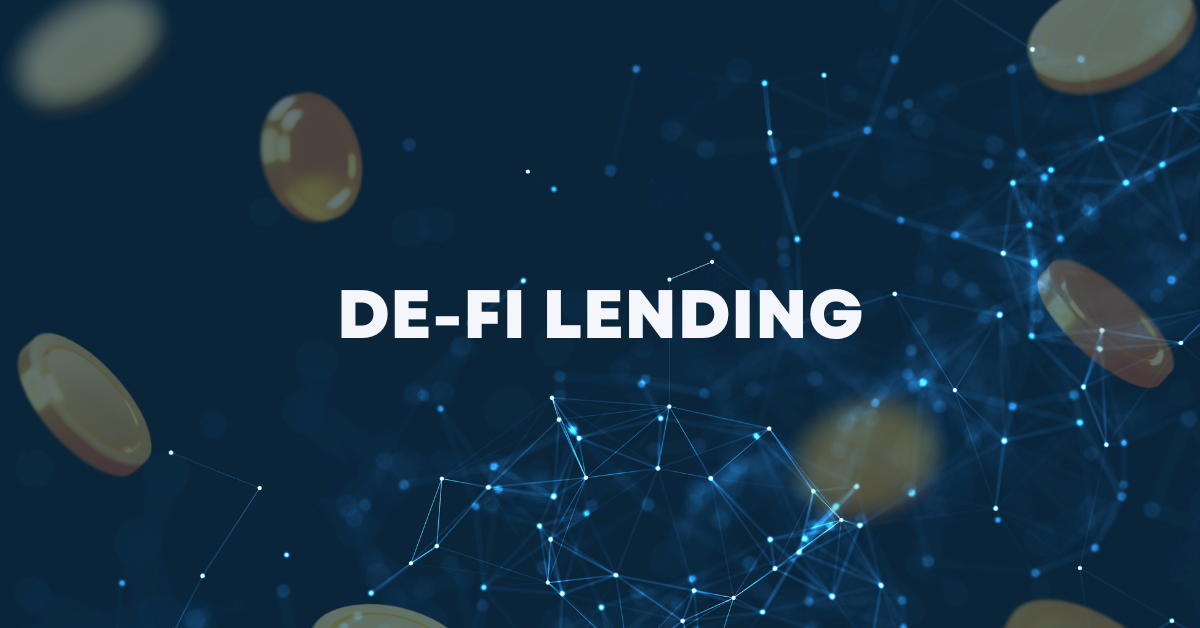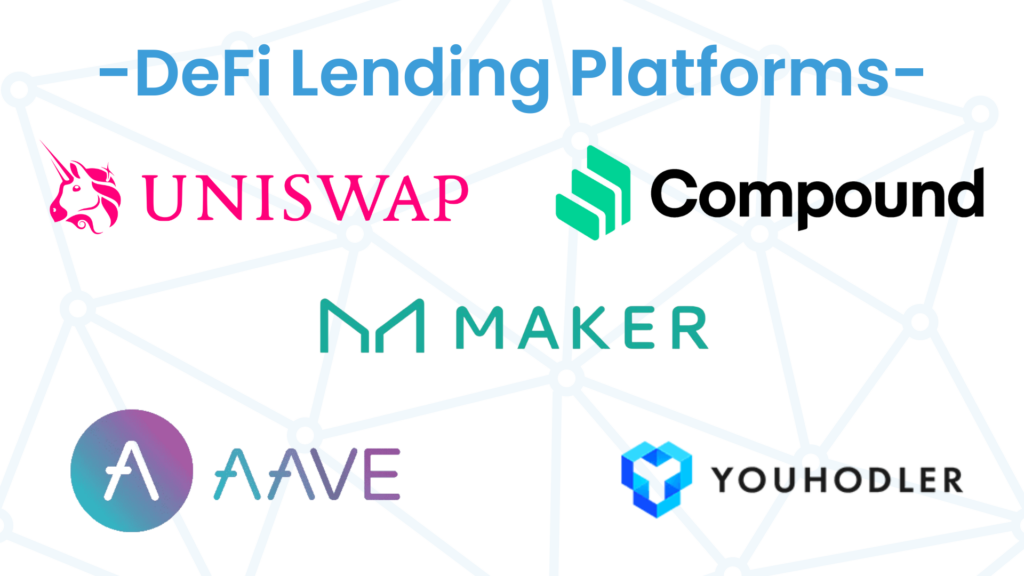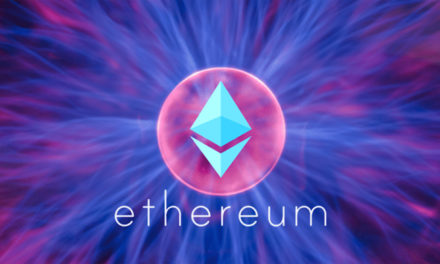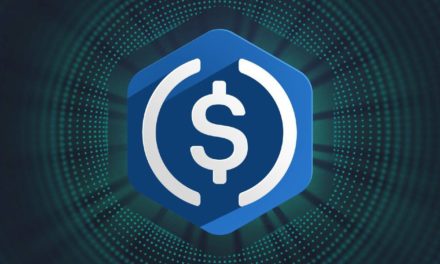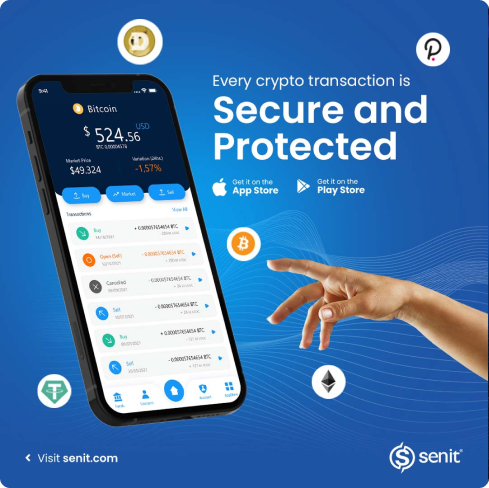It is no longer news that decentralized finance, or DeFi for short, is revolutionizing the cryptocurrency industry and the world of finance at large. It has created scalable and sustainable use cases that are far more convenient and cost-effective than traditional centralized finance for all and sundry.

Lending is almost as old as man himself, and with it comes borrowing. Both have been at the core of finance since time immemorial, but what’s notably different with DeFi lending and borrowing? Are there any similarities and differences between traditional lending and DeFi lending? You’ll find out in this article.
Traditional Lending Versus DeFi Lending
Decentralized finance is a burgeoning financial system that operates on the blockchain. Like centralized finance (CeFi), decentralized finance also has provisions for the lending and borrowing of digital assets. This means that the main distinction, which also doubles as an advantage between CeFi and DeFi lending, is that for DeFi, individuals can lend and borrow money without intermediaries such as banks and other financial institutions. That’s the essence of it being decentralized or, if you like, non-custodial.

In traditional lending, which has been part and parcel of economic growth for centuries now, when lending money to borrowers, a bank or any other financial institution charges a usual interest rate based on their credit analysis. The borrower usually presents collateral to secure the loan they want. The collateral can be the borrower’s automobile, house, or any other valuable belongings that can be a valuation of their personal asset.
If a borrower has nothing that can pass as collateral, he is given an unusually high interest rate. The loan sum is then added to the interest and compounded depending on the terms of the agreement. This type of loan is called an unsecured loan.
In the DeFi side of things, lending and borrowing typically happen on trustless and permissionless platforms built on smart contracts on a blockchain. Most of them run on the Ethereum ecosystem. These smart contracts enable the automatic execution of lending and borrowing transactions seamlessly without intermediaries. The lending-borrowing transaction is either peer-to-peer or pool-based. Both systems use smart contracts to conduct lending-borrowing transactions.
In the peer-to-peer system, a user borrows from a specific lender without either of them fulfilling any KYC requirements. There’s complete anonymity and trustlessness with the smart contract left to the rest of the work. In the pool-based system, lenders provide funds (liquidity) to a pool (a liquidity pool) that borrowers can borrow from. With smart contracts, the creation of lending and borrowing pools, where multiple users can lend or borrow money simultaneously, is much easier.
There are several decentralized applications (dApps) that have DeFi lending functionality. Therefore, the lending systems differ slightly from dApp to dApp, but not without many similarities. Generally, DeFi lending platforms such as Aave and Compound offer crypto loans by allowing users (lenders) to deposit any supported cryptocurrency into a liquidity pool. This cryptocurrency pool is then used to provide loans to other users (borrowers). The interest rates on these loans are typically much higher than traditional ones, making them attractive to lenders. However, the risk is also higher, as borrowers could default on their loans and lose the collateral. The terms of the loans, such as interest rates and collateral requirements, are often determined by smart contracts and can be adjusted based on market conditions.
Loans on these decentralized platforms are often overcollateralized. This means that before a borrower can request a loan and get matched with a lender, they must have more than what they want to borrow. For example, a 30-year-old man named John needs to foot some bills but has only $10,000 worth of Ether (Ethereum’s native coin) without any fiat money. John doesn’t want to sell his Ether at the moment because he believes its value will skyrocket later in the future. He can decide to get a loan payable in USDC (a stablecoin) for about 80% of his Ether’s value. This means John can get about 8,000 USDC (equivalent to 8,000 USD) with his $10,000 worth of Ethereum. If Ether’s value eventually increases significantly, John would pay back his loan and have some profit left.
The parameter that determines the maximum amount of assets that can be borrowed with specific collateral is an LTV (loan to value) ratio. It’s usually expressed as a percentage. In John’s case, it was 80%. It’s a parameter that changes based on market conditions. You probably want to know what would happen if the value of Ether falls against John’s hopes of it skyrocketing before he pays back the loan. Well, there’s another risk parameter called liquidation threshold. It is the percentage at which a loan is defined as undercollateralized. For example, a Liquidation threshold of 82% means that if the value rises above 80% of the collateral, the position is undercollateralized and could be liquidated. Therefore, once the value of John’s collateral reaches the liquidation threshold, he loses all his Ether. The smart contract of the lending protocol sees to all this automatically.
DeFi Lending Platforms
Platforms like Aave, Compound, YouHodler, Uniswap, and MakerDAO are some of the most popular DeFi lending and borrowing platforms in the DeFi ecosystem. However, Aave and Compound are currently in the top 5 by market cap.
Aave Lending Protocol
Aave is a decentralized lending and borrowing platform that runs on the Ethereum ecosystem. It allows users to lend and borrow a variety of digital assets, including Ethereum and other ERC-20 tokens. Aave uses a unique liquidity pool model, where users can lend or borrow money directly from the pool rather than from other users. This allows for greater liquidity and lower borrowing rates. Aave allows its users to deposit crypto in the liquidity pool, after which they will receive the same amount of aTokens. It also offers flash loans.
Compound Lending Protocol
Another popular DeFi lending and borrowing platform which also runs on the Ethereum ecosystem is Compound. Compound is a decentralized lending and borrowing platform that allows users to lend and borrow a variety of digital assets, including Ethereum and other ERC-20 tokens. Compound uses a unique token-based system, where users can earn interest on their lending and borrowing transactions using COMP tokens. This allows for greater liquidity and lower borrowing rates.
Conclusion
DeFi lending and borrowing is a rapidly growing ecosystem. It has many pros but is not without cons. It operates at high speed since it’s all automated. It helps lenders generate income through interest. It’s permissionless, trustless, immutable, and transparent. Conversely, besides the fact that smart contracts can fail users sometimes, DeFi lending could cost a borrower a huge chunk of their digital assets overnight once their loan becomes undercollateralized. However, by carefully researching and choosing a reputable platform and taking steps to secure your digital assets, you can minimize the risks and take advantage of DeFi lending.
By Abdulfatai Morakinyo
Senior Editor, Senit University
